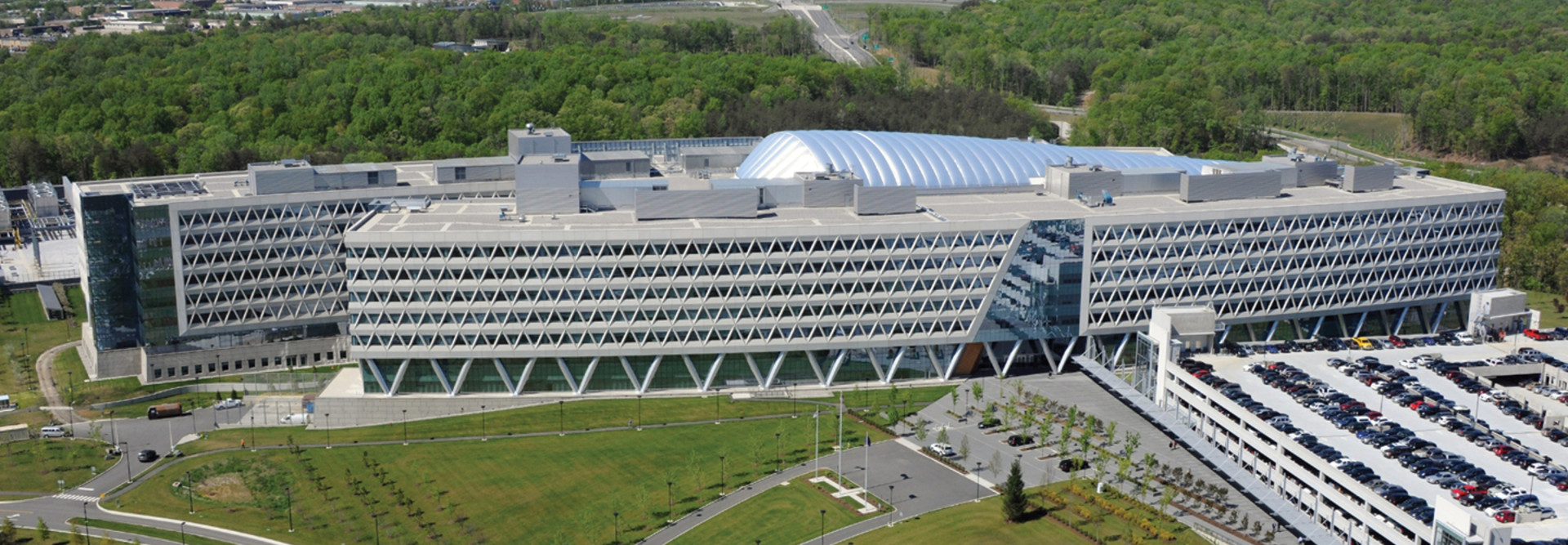NGA Wants to Expand Capabilities to Support More Unclassified Work
The NGA has already been traveling down this path. Earlier in the pandemic, it found ways to enable users to conduct remote work with unclassified data in secure cloud environments. The data they work on can then be pushed back into a classified environment.
Andy Brooks, the NGA’s chief data scientist, previously told FedTech that the agency found that parts of the data it collects from partners such as the National Reconnaissance Office are not classified and can be made available “in secure but unclassified cloud instances as well.”
That allows the NGA’s data scientists, engineers and analysts “to be able to access that unclassified data, do unclassified work, unclassified analysis on top of that, and then push the results back into the high side. Before, so much of that was just purely on the high side. It was classified, and now we can have it on unclassified systems and are able to pump it back up to the highest.”
For the St. Louis facility, the NGA is making changes so that it can “rapidly attract the right workforce” and have them “start working in an unclassified environment on intelligence production, on software development, and being able to harness that knowledge and energy while they’re getting vetted,” Andress said, according to FCW.
RELATED: How will hybrid work evolve in federal IT in 2022?
A facility able to support such hybrid work also would enable the NGA to work more easily with academic institutions, organizations and individuals without the high-level security clearances usually needed for NGA facilities.
The NGA wants to eventually have half its workforce able to work in sensitive compartmented information facilities, 25 percent in unclassified and the remaining “25 percent will be able to accommodate a changing world environment that we don’t anticipate,” Andress said, FCW reports.
“We’re also taking on a lot of work on making the facility wireless,” he added, “and on the relationship to cloud computing, and the desktop, so, going from thick to thin to zero clients.” The agency likely will not be able to support BYOD environments in the modernized facility, according to Andress.
Nevertheless, this shift will be nothing new for the NGA, at least in terms of how the agency has operated since the onset of the pandemic. “We deployed a secure unclassified production environment for our topographic team, so that they can, from their home, update topographic features, and that’s only going to expand,” Andress said.
EXPLORE: What are the implications of enabling remote access to classified materials?











